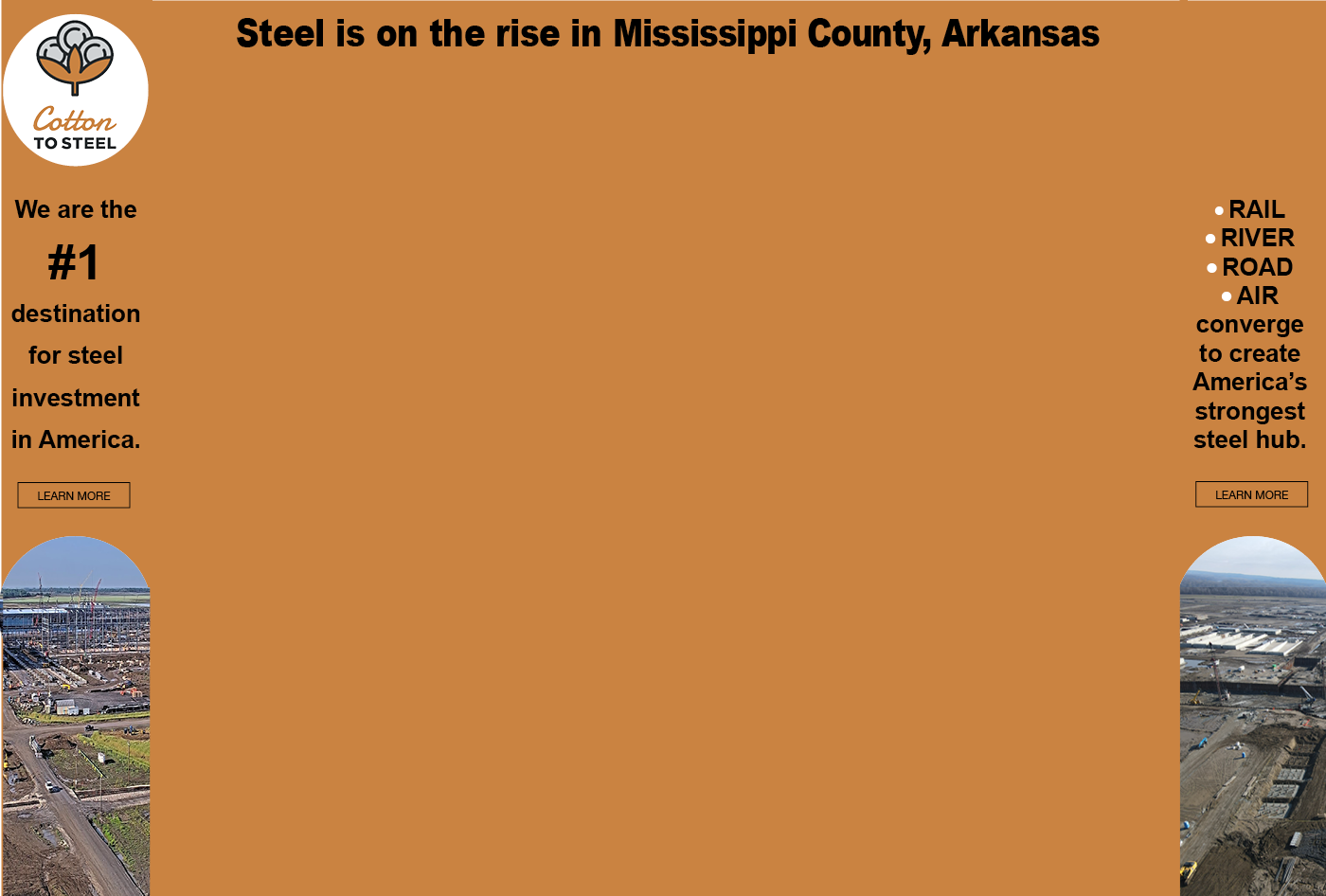Immigration, the automation bomb and taxing robots
By Michael Randle, EDITOR

The economy keeps rocking along. Housing is on fire, as is the stock market. Manufacturing is adding jobs, the financial services sector is hiring like it is 1997, the Chinese set a record for investment in the U.S. last year, and reshoring, while not achieving the predicted effect so far, proves that this country is very competitive. More telling is the fact that the number of Americans applying for unemployment benefits is at its lowest point since 1973. Not even the go-go ’90s could achieve that. Which means. . . yep, we are almost out of labor. Regardless, good times are here, finally.
This issue’s cover story focuses on economic myths. There are some things being regularly reported that are simply not true. In truth, there are two factors that could slow this economy, outside of the Federal Reserve.
Here is the ultimate myth: “We have 95 million people outside the workforce,” inferring that there are 95 million Americans without a job who want one. Nothing could be further from the truth. Here is a breakdown of who is counted as “outside the workforce,” according to government sources:
12.9 million family caretakers
15.4 million disabled
20.5 million college students
44.1 million retirees
Total: 92.9 million of the 95 million that are outside the workforce have a reason not to work, and that total doesn’t count high school students who are of working age (16 and over). There are about 12.5 million of those.
What is alarming is the number of retirees compared to the number of those in school, ages 16 to 25. We are seeing far more people leave the workforce than enter it. The American population is aging and at the same time, the birth rate is the lowest it has been in 78 years. Yes, the labor shed is almost bare. It doesn’t mean a recession is on the horizon. It just means the days of 200,000-a-month job growth are numbered.
So, where can we get an influx of new workers? One source — immigration. We bring in about 1 million people a year. That figure would have to double to meet the needs of today’s employers. Many will disagree, but not Federal Reserve Chair Janet Yellen. She said during her congressional testimony in February, “Labor force growth has been slowing in the United States. It’s one of several reasons, along with slow productivity growth, for the fact that our economy has been growing at a slow pace. Immigration has been an important source of labor force growth. So slowing the pace of immigration probably would slow the growth rate of the economy.”
Then there’s the second factor that could idle the current economy, if not bring it to its knees. Not unlike how mechanization took millions of workers off farms in this country, automation in factories and offices will do the same.
Scores of clerks, truck drivers and manufacturing workers, among others, will lose their jobs in coming years to robots, driverless vehicles and artificial intelligence. In fact, experts predict that by 2040, automation could eliminate 45 percent of jobs currently performed in the U.S. , which is freaking out governments. Why are governments freaking out? Simple — human workers pay taxes. Robots do not.
Bill Gates chimed in on the “automation bomb” in the winter quarter in an article published by Quartz Media. The article read, “Robots are taking human jobs. But Bill Gates believes that governments should tax companies that use them, as a way to at least temporarily slow the spread of automation and to fund other types of employment.” Tax robots? And we are worried about China, Mexico and trade deals taking our jobs?










